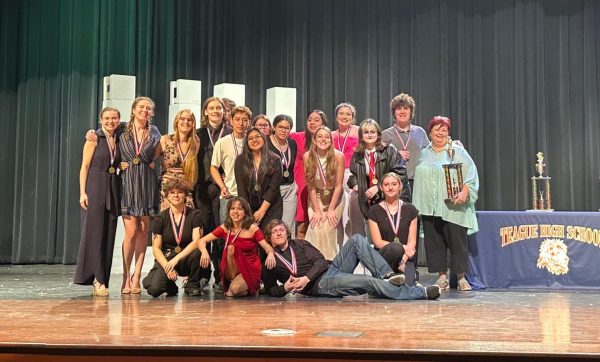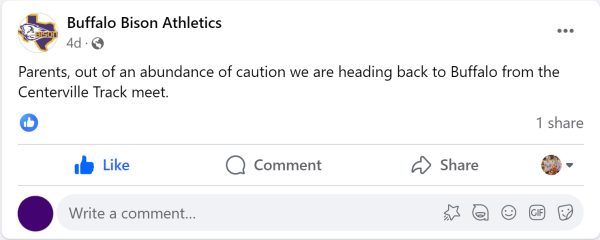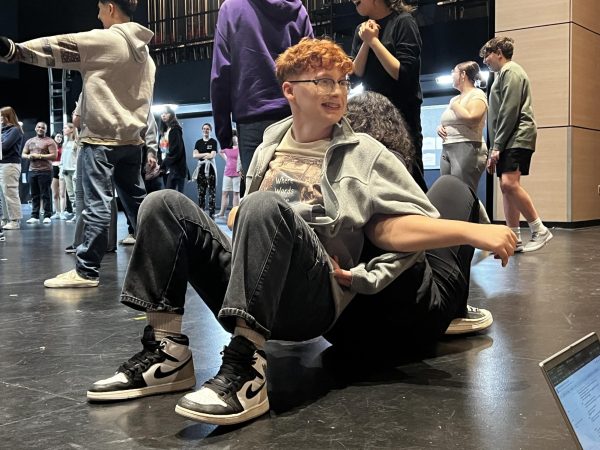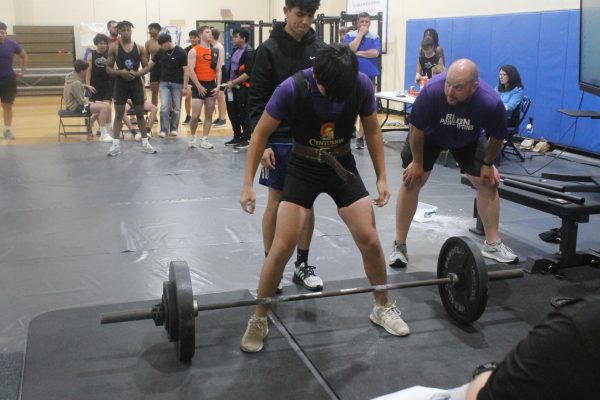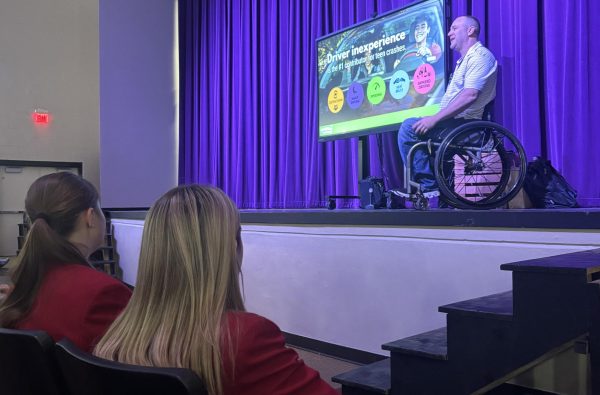Forensics students work crime scene
The conference room looked a little like a scene out of CSI as students dodged crime scene tape and gawked at the lifeless body of assistant principal Janet Slaughter. Despite the broken glass and blood all over her arm, no one seemed alarmed. That was it was a simulation, led by science teacher Patricia Cox, with students from her Forensics Science class.
Students gathered evidence and took notes and pictures as they examined the “crime scene.” Gloved like real investigators, they bagged broken glass, stray fibers and hairs, and swabbed blood, all while Slaughter remained lifeless and Cox reminded them what to look for.
“It was cool,” senior Clay LaCour said. “We used a lot of the stuff we learned in class. It is really interesting.”
This is the second year for the course, and Cox is hopeful that she will be able to add equipment that will allow students to do things like take fingerprints and examine evidence in new ways. In the meantime, the students know more about what investigators on crime scenes face. And Slaughter knows more about the subject, too, just from listening while she played dead.
“It was really fun and interesting,” she said. “I could listen to the terminology they had been taught and how they applied it. They knew what to do.”



